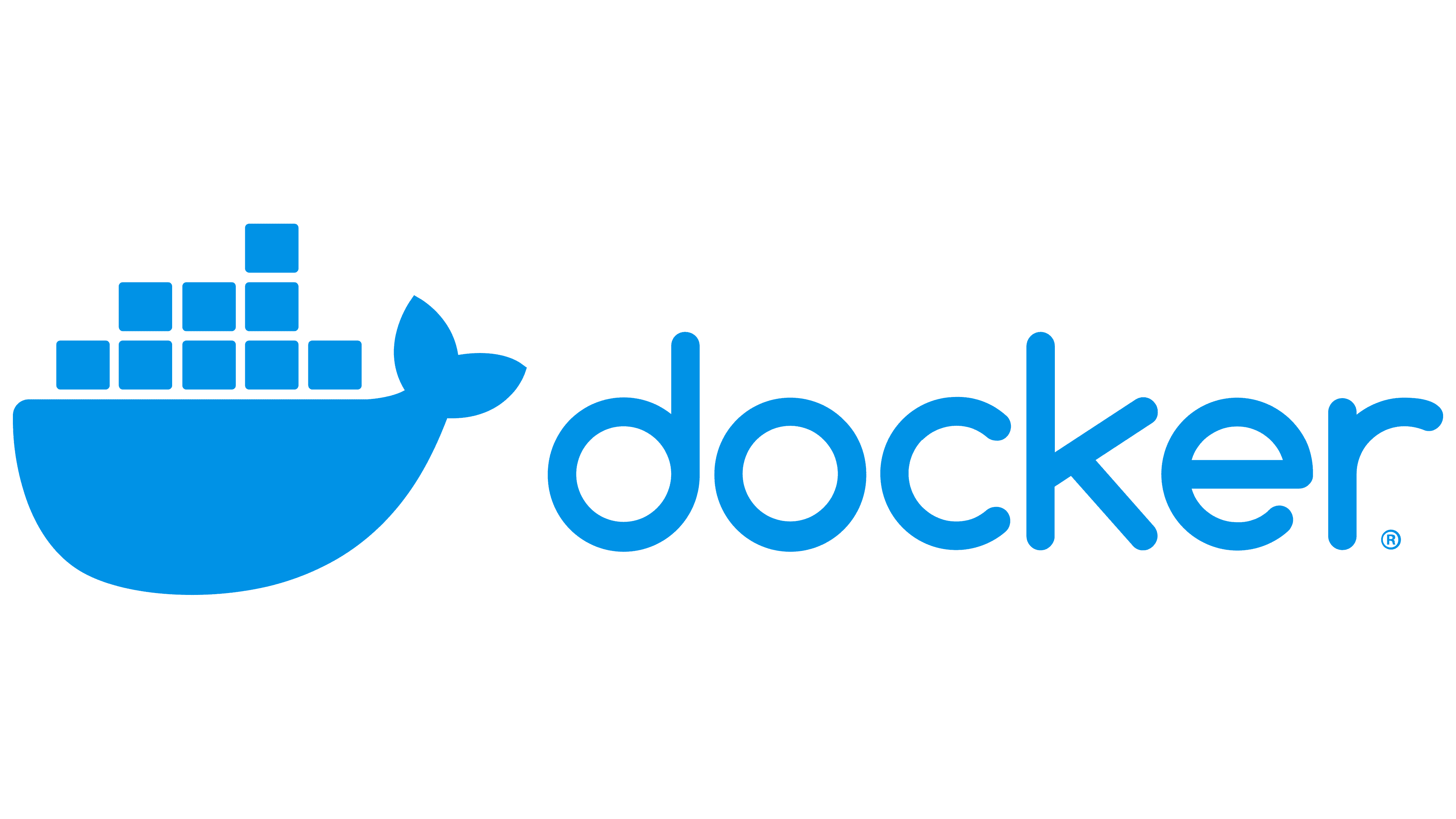Docker: Key differences between ENTRYPOINT and CMD
 Shourya Chawla
Shourya Chawla
When working with Docker, understanding the differences between ENTRYPOINT and CMD is crucial for defining the behavior of your containers. Both specify what command should be run within the container, but they have distinct roles and use cases.
CMD:
Used to provide default arguments for ENTRYPOINT or to define the command to be executed when the container starts.
It can be overridden easily at runtime by passing arguments to docker run.
Useful for specifying default commands but still allowing flexibility.
Suitable for containers that may require different commands or scripts to be run based on the situation.
ENTRYPOINT:
Configures a container that will run as an executable.
Ensures the container always runs the specified command regardless of the command-line arguments provided, making it more rigid but predictable.
Typically used for containers that need to run a specific application.
ENTRYPOINT can be changed using the --entrypoint flag.
Conclusion
Understanding the distinctions between ENTRYPOINT and CMD helps you design more predictable and flexible Docker containers. Use CMD for default commands that can be easily overridden, and ENTRYPOINT for defining the main application command that should always be executed. By combining both, you can achieve a balanced approach that provides defaults while maintaining flexibility.
Subscribe to my newsletter
Read articles from Shourya Chawla directly inside your inbox. Subscribe to the newsletter, and don't miss out.
Written by

Shourya Chawla
Shourya Chawla
A passionate DevOps and cloud enthusiast with a knack for automating processes, optimizing cloud infrastructure, and enhancing CI/CD pipelines. I love diving into new technologies, solving complex problems, and sharing my knowledge with the community. I am dedicated to simplifying complex DevOps concepts and empowering fellow developers.